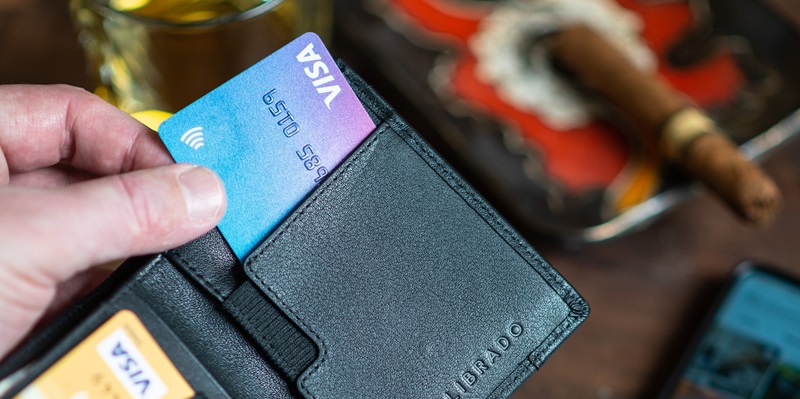Elon Musk’s social media platform X, formerly known as Twitter, has recently announced its groundbreaking plans to launch peer-to-peer payments later this year, marking a significant evolution for the platform. This move comes after Musk’s acquisition of X for a staggering $44 billion in late 2022. Prior to this, the platform had already expanded into the financial realm through partnerships with companies like eToro, allowing users access to cryptocurrencies, stocks, and other financial assets.
X’s Plan for Peer-to-Peer Payments
In a blog post last July, Musk shared his broader plan for X, which includes the introduction of peer-to-peer payments. This strategic decision to integrate commerce into the platform aligns with Musk’s vision of transforming X into a multifaceted platform that goes beyond traditional social media interactions.
X’s Payment Subsidiary and Limited Licenses
X Payments LLC, the payment subsidiary of X, has obtained money transmission licenses in only 14 states, according to the Nationwide Multistate Licensing System website. While this may present some limitations for the initial rollout of peer-to-peer payments, it showcases X’s commitment to ensuring regulatory compliance and expanding its reach in the financial sector.
Implications for the Banking and Payments Industries
The implications of X’s foray into peer-to-peer payments are monumental, particularly for the banking and payments industries. The integration of large-scale peer-to-peer payments on a platform as influential and widely used as X has the potential to disrupt traditional banking systems and reshape the landscape of online commerce. By providing a seamless and user-friendly payment experience within the social media platform, X can revolutionize how people interact with their finances.
Accelerating the Shift Towards Digital Payments
The fusion of social interactions with financial transactions on a global scale has the potential to redefine the payments landscape. X’s integration of peer-to-peer payments bridges the gap between social media engagement and financial transactions, which could accelerate the adoption of digital payments. This convergence reshapes user behaviors, making financial transactions an integral part of online social interactions.
X’s Diversification and Challenges to Conventional Boundaries
X’s expansion goes beyond just incorporating peer-to-peer payments. The platform is diversifying its offerings, promising more original content, talent acquisition, and enhanced advertising capabilities. By challenging the conventional boundaries of social media, X positions itself as a multifaceted platform that provides users with a comprehensive digital experience. This diversification aims to create a unique ecosystem that combines social interactions with a wide range of financial and non-financial activities.
Redefining the Payments Meta on a Global Scale
The convergence of social interactions and financial transactions on a global scale has the potential to redefine established norms. X’s ambition to become a super app, coupled with the integration of peer-to-peer payments, has the power to reshape the entire payments industry. By providing users with a seamless and integrated experience, X can bridge the gap between social media and financial transactions, further accelerating the shift towards a digital and interconnected financial landscape.
Elon Musk’s X platform is leading the way in revolutionizing social media with its plans to introduce peer-to-peer payments. Building upon its acquisitions and previous ventures into the financial realm, X is poised to challenge traditional banking systems and reshape user behaviors in online commerce. As X continues to diversify its offerings and expand its reach, the convergence of social interactions and financial transactions will redefine the payments meta, accelerating the global shift towards a more digital and interconnected financial landscape. The future implications for X and the broader industry are striking, promising a paradigm shift in how we interact with our finances and engage with social media platforms.

